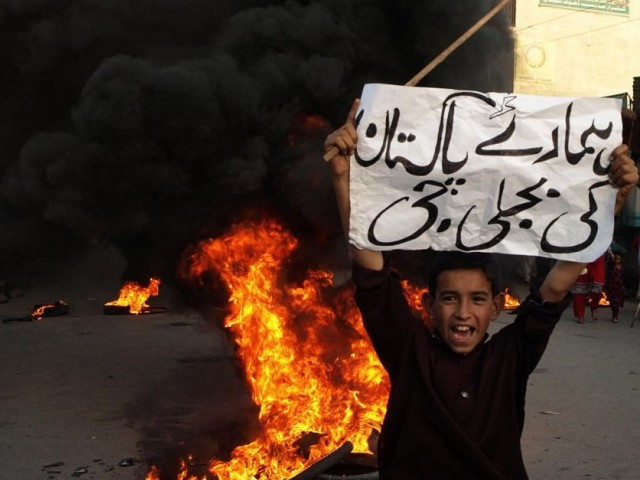
The irrational electricity rationing has triggered countrywide protests as mobs angered by daily blackouts – 22 hours a day in some cases – have rampaged, burning buildings and offices.
This has happened consistently over the past five years in sweltering summers. A myriad of problems are to blame for the country’s chronic electricity crisis.
These include inefficient governance, lack of forward planning, ad-hocism and failure to implement policies.
The electricity shortage, which has ballooned into a gruelling crisis, resulted mainly from a shortage of fuel – furnace oil and gas. The government failed to ensure adequate, uninterrupted supply of fuel to gas-powered generation units.
Gas was sold to CNG stations and fertiliser units, bringing power plants either to a grinding halt or forcing them to generate less than their capacity. This resulted in an energy crisis and sent tariffs spiralling upwards.
The power sector was receiving 750 million cubic feet per day (mmcfd) of gas in 2000 that has now come down to 300 mmcfd. Now most thermal plants are powered by expensive furnace oil — compelling the government to operate plants at a low capacity to avoid billion of rupees subsidy for power consumers.
Power plants can generate 15,600 megawatts (MW) of electricity if water is available to tap the maximum hydropower potential. But the generation remains low as part of the government’s strategy to maintain low volume of subsidy for power consumers.
Power capacity
Several other factors have also perpetuated this crisis. Low power availability out of the total capacity is also one of the main reasons. The government has claimed to have added new installed capacity of 3,394 MW between March 2008 and March 2012 with 400 MW power output by rental power plants (RPPs). Despite the total installed capacity reaching 23,000 MW, the country is still able to generate a maximum of 15,600 MW due to the poor rate of power availability out of the total capacity.
According to international standards, power availability out of the total installed capacity is usually about 80% whereas in Pakistan the system availability is only 65% due to inefficiencies.
Recovery of bills
Another reason that contributed to the power crisis is outstanding dues. The government faces losses worth Rs7 billion every month due to non-recovery of electricity bills. Non-cooperation on part of the provinces and government departments is not helping improve matters — Sindh owes Rs51 billion and Punjab is yet to pay Rs15.6 billion in bills. The billing collection was 104% in year 2010 and in 2011 the situation worsened with the collection rate plunging down to 83%.
Poor energy mix
Poor energy mix plays a crucial role in this equation. Power costs have increased significantly owing to a gradual shift from hydel to thermal (share of hydel has fallen from 70% in the 1980s to 30%) and the recent shift from natural gas to furnace oil owing to gas shortages. Due to oil-powered expensive power production, the government intentionally switches to operating thermal plants at low capacity to avoid the subsidy leading to load shedding.
False promises
The incumbent government pledged to bring reforms in the power sector to plug the holes but failed to achieve much. Since 2008, the government has increased power tariffs by 94% in addition to the massive price hikes on account of fuel adjustment. The major purpose of these reforms was to efficiently manage the power sector to end subsidies which continue to spiral upwards. It had allocated a subsidy amounting to Rs122.7 billion for the power sector in the ongoing financial year which swelled to Rs419.018 billion due to inefficiency in the power sector.
Under the reform programme, the government was to dissolve the Pakistan Electric Power Company (Pepco), reconstitute the board of directors of power companies and hire new professionals from the private sector and appoint chief executive officers (CEOs).
Pepco has not been completely dissolved so far. Board of directors were reconstituted in 2009-10 but the power distribution companies (Discos) are still being run through ad-hoc arrangements.
Published in The Express Tribune, June 21st, 2012.



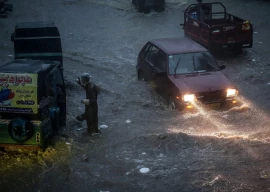
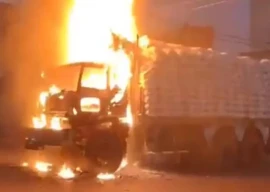
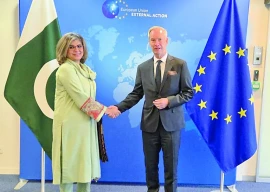





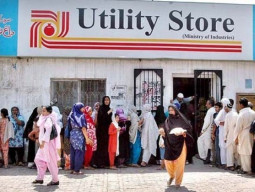






COMMENTS
Comments are moderated and generally will be posted if they are on-topic and not abusive.
For more information, please see our Comments FAQ